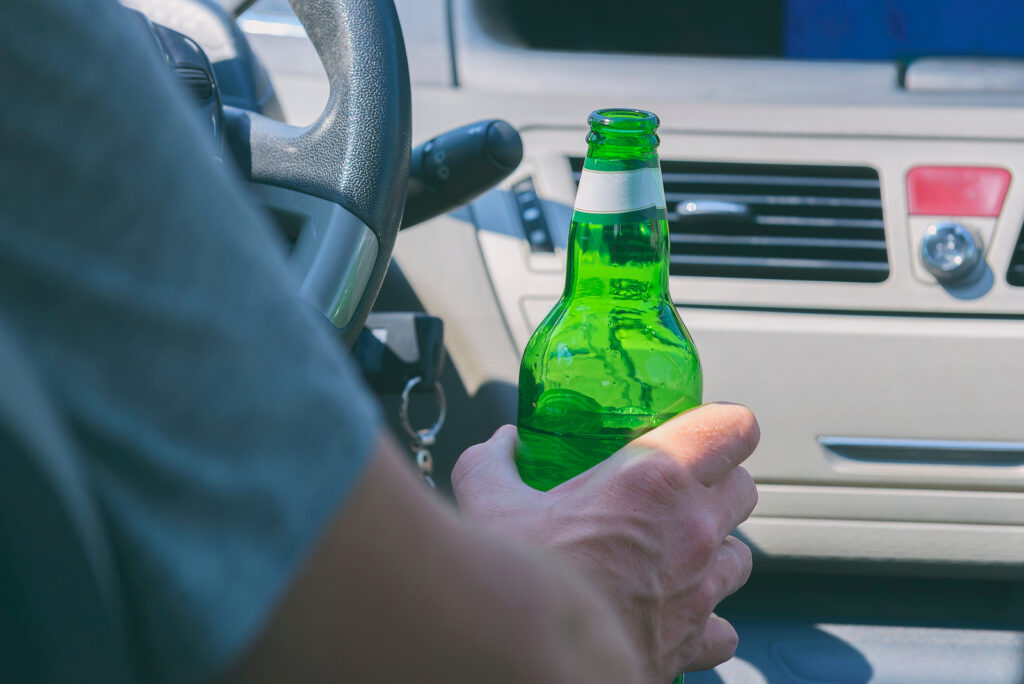Whose Fault Is an Accident Between a Car and a Bicycle?
When it comes to collisions on the road, it’s tempting to automatically assign fault to the larger of the vehicles in any given incident. Natural laws of physics tend to ensure that the smaller vehicle in an accident takes the brunt of the damage—though obviously, that’s not always the case. However, just because one vehicle came away with more damage than another doesn’t mean the other vehicle’s operator was to blame.
There is no automatic fault assigned to the driver of a car or truck in a bike accident, for example, just as a large truck is not automatically at fault in a car accident with a sedan.
If you have been injured in an accident involving a cyclist, another vehicle, or even a pedestrian, and you think the other party may have been somewhat at fault, consulting a personal injury attorney can be a good idea. A lawyer can help you understand where you stand and whether you have a case. They can also map a course of action and help you file a lawsuit to seek compensation.
Can a Cyclist Be at Fault for an Accident With a Car?
There are laws for bicyclists in Massachusetts just as there are for vehicle drivers. Cyclists are allowed to ride on almost all public roadways, with the exception of express state highways or any other limited-access roadways where signage prohibiting cyclists is posted. When riding on these roads, cyclists must follow most of the same traffic laws as drivers of other vehicles do, and they must signal their intent to turn, merge, or stop with hand signals.
So, if a cyclist fails to follow the rules and signs of the road and an accident occurs because of that failure, the cyclist may be at fault in the accident. Consider this example:
- A car is traveling on a road at the posted speed limit.
- A cyclist is traveling on an intersecting road.
- The cyclist has a stop sign but the car does not, giving the car the right of way.
- The cyclist desires to turn onto the same road as the car.
- The cyclist ignores the stop sign and rides directly into the street, turning in front of the oncoming traffic.
- The driver of the car attempts to brake or avoid the cyclist, but they can’t stop in time and there is oncoming traffic in the other lane, preventing them from swerving around the cyclist.
- The oncoming driver hits the cyclist.
In a case such as this, the cyclist may be wholly or partially at fault for the accident.
How Comparative Negligence Impacts Such Cases
Massachusetts is a comparative negligence state. It uses a 51 percent comparative negligence rule, which means that if someone is deemed less than 51 percent at fault for an accident, they can recover compensation for their damages.
This doesn’t mean that someone automatically gets compensation if they are 50 percent or less at fault. You still need to file a claim and may need to file a lawsuit if you aren’t happy with any insurance payout or settlement you are offered.
However, it does mean that either the vehicle driver or the cyclist—or both—might seek compensation if they aren’t more than 50 percent at fault.
What Should You Do if You’re in an Accident With a Cyclist?
The immediate concern after an accident should always be whether someone needs medical attention. Check yourself and all passengers in your vehicle. Check the cyclist and anyone else involved. If there are serious medical issues—or even the potential for medical issues—at the scene, call 911 to report the accident.
Otherwise, you can call 911 or report the accident via non-emergency channels. Follow best practices as you would for any other collision on the roadway:
- Exchange insurance information and contact information with the cyclist and anyone involved in the accident. You may need this information to file claims later.
- Write down the names and contact information of anyone who witnessed the accident. This information may be important if there is a lawsuit later.
- Take pictures with your smartphone of the accident site and any damage to vehicles and other structures if it is safe to do so. These photographs can be helpful in any future case for compensation.
Can You Sue a Cyclist if They Caused an Accident?
Yes, you may be able to sue a cyclist if they were at fault in an accident that caused you damage. Whether or not this is worth the time and effort depends on how at fault the cyclist was and how much your losses actually are. Consulting with a personal injury attorney can help you understand what the best path forward might be.
Even if you didn’t sustain serious injuries or damages during the accident, it’s important to understand whether the cyclist was at fault. If they are more than 50 percent at fault, they can’t seek recovery for their own damages from you or your insurance company, which can be an important consideration.
You don’t have to face personal injury issues on your own. To find out whether you might have a case for compensation and how we can help, contact Contant Law by calling 617-227-8383 today.








